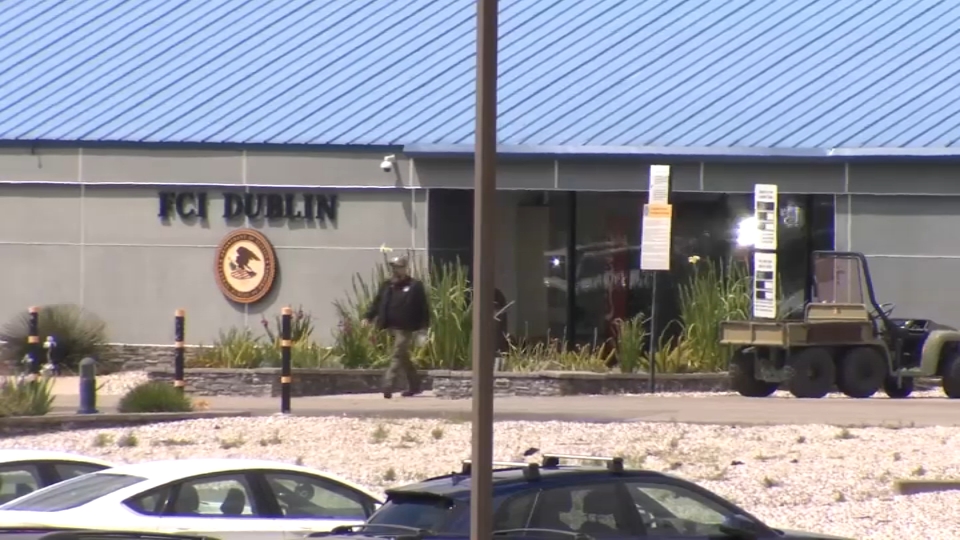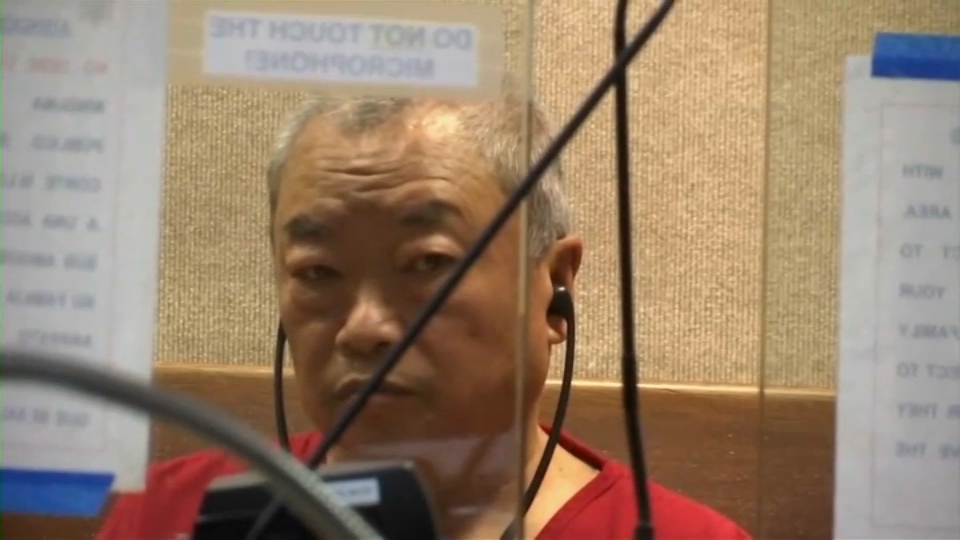Steven Lee gazed up at the imposing metal statue depicting three intense-looking Chinese laborers in the trenches of building the Transcontinental Railroad. The statue represented a four-year quest by the San Francisco businessman to honor the Chinese workforce that carried-out the majority of the backbreaking labor to construct the railroad — a dangerous task that claimed an estimated 1,200 Chinese lives.
“I think this monument tells the real story who the Chinese workers were,” Lee said.
The sculpture, which currently sits in the California Railroad Museum in Sacramento, is most likely destined for the Gold Run rest stop off of Highway 80 near Tahoe — the site of a plaque commemorating the work of the Chinese laborers — which Lee didn’t feel adequately honored their work.
Lee is now raising funds to build a plaza at Gold Run; but he’s also considering requests to keep the statue in the railroad museum or possibly move it to Colfax, a small town in the Sierra Nevada mountain range with strong ties to the railroad.
Wherever it ends up, Lee hopes it will spark visitor’s interest in the role Chinese laborers played in the building of the railroad which linked the East and West.
“If you bring people around the world to see this,” Lee said, “they’re going to want to know who are these people, what is this person or these people standing for?”
The sculpture, created by Chinese artist Xuejun Wang, was chosen by a community vote from a selection of proposals by eighteen artists. Wang’s depiction shows three workers with ripped muscles, one swinging a pick with a ferocious expression of purpose as another smokes a pipe. Lee said stereotypes of Chinese laborers portrayed them as weak and lazy.
Local
“It really helps break the stereotype of what Chinese railroad workers were supposed to be,” Lee said examining the sculpture.
Lee timed the sculpture’s completion to coincide with the 150th anniversary of the linking of the Union and Pacific Railroads in Utah which took place May 10th, 1869. Period photos from the celebration for hammering of the golden spike are devoid of any Chinese faces, even though they made-up nearly ninety-percent of the work force.
“There would not have been the completion of the Transcontinental Railroad had it not been the contribution of the Chinese railroad workers,” said Ty Smith, Director of the California Railroad Museum.
Descendants of the workers have made a push in recent years to have their ancestor’s contributions recognized. Chinese laborers were often tasked with extremely dangerous tasks such as loading black powder into tunnels, blasting through granite in the Sierra-Nevada Mountain range, leaving a legacy of sixteen tunnels as testament to their work.
“These men, they were 15,000 to 20,000 of them,” said Andrea Yee whose Chinese immigrant great-grandfather worked on the railroad. “And they were relentless.”
Yee, who last month attended the Utah commemoration of the 150th anniversary of the railroad’s connection, has yet to visit the sculpture in person but has seen photos of it.
“I’ve never seen faces with this expression of passion, of absolute dedication,” Yee said.
Yee said her great-grandfather was twelve years old when he left China, making a grueling six-month overseas voyage to the U.S. He worked a number of odd jobs before meeting Charles Crocker, the railroad baron overseeing the Transcontinental project. Yee said her great-grandfather impressed Crocker with his English skills and work-ethic and persuaded him to hire Chinese workers.
Her grandfather, Lim Lip Hong, would spend twenty-years working on the railroads. But despite his labors helping to link America, all during his life in the U.S. he endured rampant anti-Chinese sentiments.
“After he built all these railroads, and many of his men died in avalanches and extreme weather,” Lee said, “he was rewarded by the anti-Chinese Exclusion Act.”
Lee envisions the sculpture as the centerpiece of a plaza at Gold Run, greeting more than a million visitors a year. He hopes it will raise questions, and set visitors on a path of discovery about the workers and their legacy.
“We’ll get them hopefully inquisitive about who really connected this nation,” Lee said.



